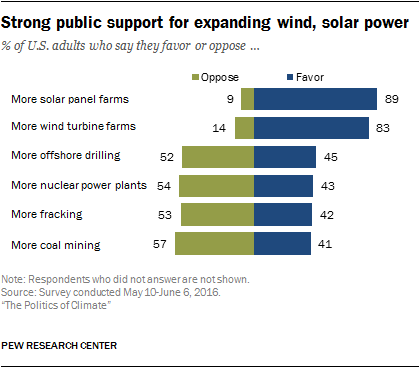By Frank Andorka, Senior Correspondent
I’ve complained for years that the utility business model in the United States is broken. The idea that a centralized electricity production system is more efficient and effective than a decentralized model is one that certainly deserves to be challenged (if not, as would be my preference, tossed aside entirely).
Now the Rocky Mountain Institute has released a report suggesting that if there is to be an energy transition in this country – away from polluting fossil fuels and in the direction of clean, renewable energy – that changes to the utility business model aren’t just necessary, they’re essential.
To drive the changes, RMI, America’s Power Plan and Advanced Energy Economy Institute have put together a lengthy report detailing the policy and regulatory options they believe will help create, as they term it, a more customer-centric grid experience.
“The grid is experiencing rapid changes in its shift to a 21st-century system, and electric utilities have a fundamental role to play in ensuring this transition strengthens resilience, improves environmental performance and protects the interests of customers while maintaining essential features of affordability and reliability,” Dan Cross-Call, a manager at RMI and one of the report’s authors, said in a press release announcing the report’s release. “This report offers a practical guide to industry leaders—regulators, utilities, grid operators, policymakers and policy influencers—on how to best engage with an increasingly decarbonized and distributed energy system, shepherding and managing this transition to maintain the fundamental role of utilities and achieve new policy objectives.”
The report not only outlines 10 reforms they believe are critical to building the grid of the future, but they also released a series of real-life case studies that show these reforms in action.
As more renewable energy is produced in the United States, utilities are panicking as they try to figure out how to deal with the additional distributed generation options that are bleeding customers off the centralized grid and affecting revenues for today’s centralized utilities. Studies like the RMI study show there are alternatives, if the utilities are willing to listen and evolve.


